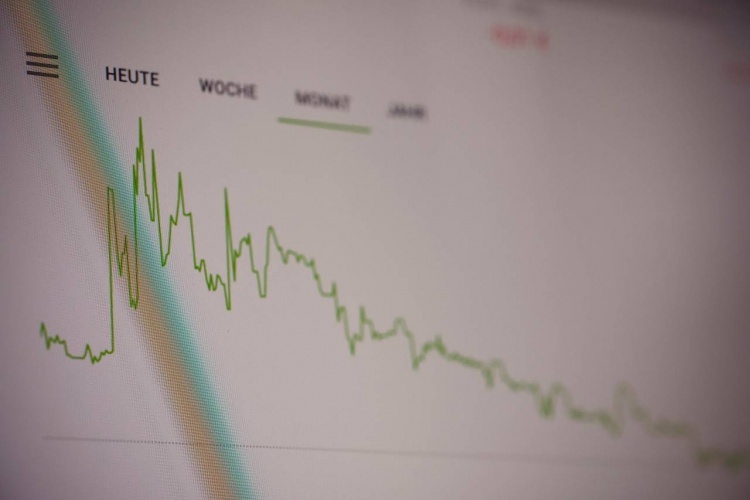Forex trading, or foreign exchange trading, is the practice of purchasing and selling currencies to benefit from shifting exchange prices. It is the world's largest financial market, with an estimated $5.3 trillion exchanged daily.
Forex trading allows traders to profit by speculating on the increase and fall of currency prices. However, before engaging in forex trading, it is critical to completely grasp online marketing, trading tactics, and risk management.
This article will walk you through the fundamentals of ecn trading and offer advice to help rookie traders become pro traders at fbs mt4.
Understanding Forex Trading
The purpose of forex trading is to benefit from changes in exchange rates by buying and selling currencies. Currency values change continuously, and forex traders profit from these swings.
For example, if a trader buys the Euro while it is undervalued, they may sell it at a profit when it is overvalued.
Forex trading is done over the counter (OTC), which means there is no centralized exchange like there is in the stock market. Instead, dealers purchase and sell currencies using computerized platforms.
The US dollar (USD), Euro (EUR), Japanese yen (JPY), British pound (GBP), and Swiss franc (CHF) are the most regularly traded currencies.
Developing a Plan
A trading plan is a must-have for any forex trader, regardless of experience. It outlines the trader's approach to the market, including their goals, strategies, and risk management techniques.
A trading plan helps to keep emotions in check and ensures that trades are made based on logic and reason rather than impulsiveness.
When creating a trading plan, there are several things to consider. First, traders should set realistic goals for themselves, such as the amount of money they want to make and the time frame in which they want to make it.
Second, traders should consider their risk tolerance and determine how much they are willing to risk on each trade.
Finally, traders should develop a strategy for analyzing the market and making trades, whether fundamental analysis, technical analysis, or a combination of both.
Fundamental Analysis
Fundamental analysis studies economic, financial, and other qualitative and quantitative factors influencing currency values. It involves analyzing economic indicators such as interest rates, GDP, and inflation.
Fundamental analysis also considers geopolitical events, such as elections or natural disasters, that can significantly impact currency values.
To conduct fundamental analysis, traders must stay up-to-date with economic and political news and regularly monitor economic indicators.
By understanding the underlying factors that affect currency values, traders can make more informed trading decisions.
Technical Analysis
Technical analysis involves studying charts and historical data to identify patterns and trends in the market.
Traders use technical analysis to identify support and resistance levels and determine when to enter and exit trades.
Technical analysis relies on various indicators, such as moving averages, relative strength index (RSI), and Fibonacci retracements.
Traders can use these indicators to analyze the market and predict future price movements.
Risk Management
Risk management is a crucial part of forex trading, as it helps to protect traders from significant losses. Forex trading has several types of risks: market, credit, and operational.
To manage risk, traders can use strategies such as setting stop-loss orders and limiting their exposure to one currency. It's also essential for traders to clearly understand their risk tolerance and avoid overleveraging their trades.
Psychology of Trading
Novice traders often overlook the psychology of trading, but it's an essential aspect of successful trading. Emotions can cloud judgment and lead to impulsive trading decisions, resulting in significant losses.
Common trading psychology mistakes include chasing losses, overconfidence, and fear of missing out (FOMO). To overcome these emotions, traders can practice mindfulness, set realistic expectations, and stick to a trading plan.
Advanced Trading Strategies
Several advanced trading strategies experienced traders use to make profitable trades. These strategies include day, scalping, swing, and position trading.
- Day trading entails opening and completing deals on the same day, whereas swing trading entails holding trades for multiple days to capitalize on longer-term price swings.
- Scalping entails making several small daily trades to profit from small price swings.
- Position trading entails holding trades for a few weeks or months and is appropriate for traders who want a hands-off approach.
Tools for Forex Trading
There are several tools that traders can use to improve their forex trading. Trading platforms like MetaTrader 4 and 5 provide access to real-time market data and allow traders to execute trades quickly and easily.
Trading software, such as Expert Advisors (EAs), can help traders to automate their trading strategies. Trading signals provide traders with alerts about market conditions and potential trading opportunities.
Conclusion
Forex trading offers an exciting opportunity for traders to make money by speculating on currency values. However, traders must thoroughly understand the market, trading strategies, and risk management before starting. By following the tips outlined in this article, novice traders can become pro traders and succeed in the forex market.
